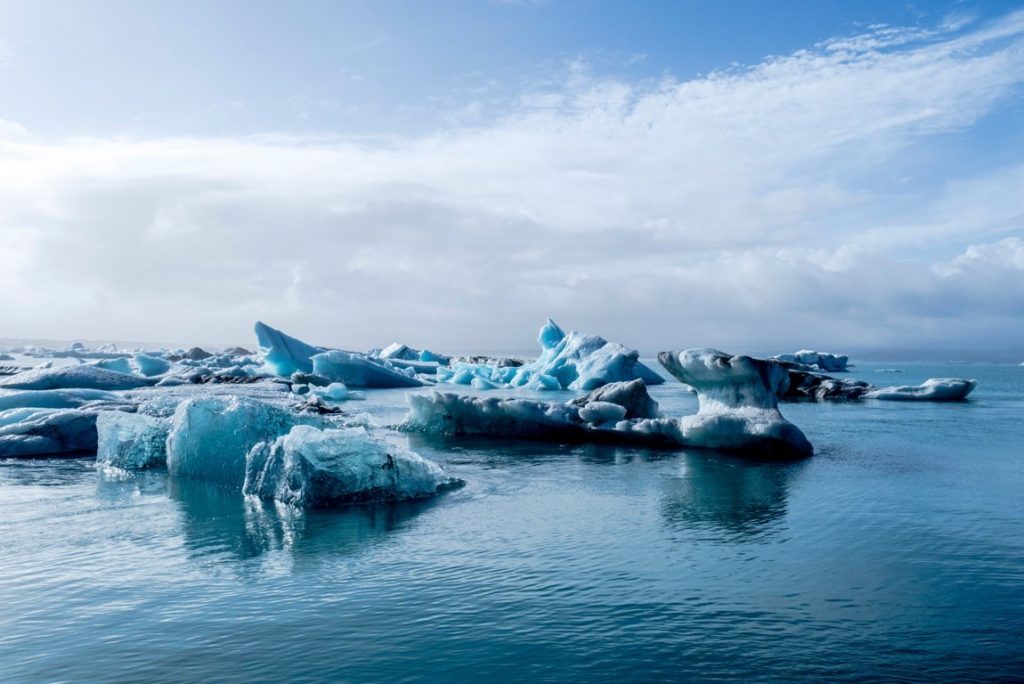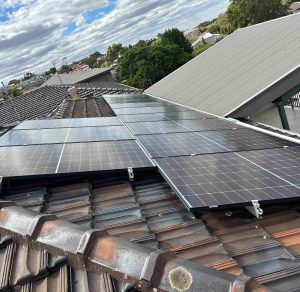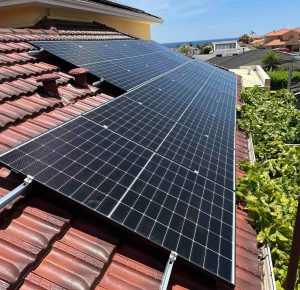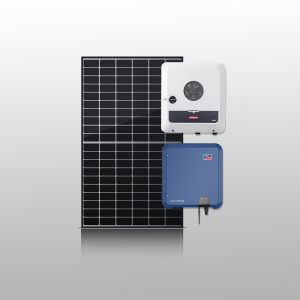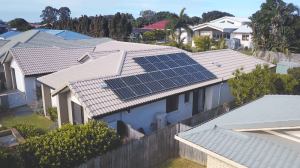One of the main reasons behind the Renewable Energy Target of many countries is global climate change and associated ecosystem disruptions. Since industrial revolution, climate change has been an unavoidable side effect of our technological advancement due to the consumption of fossil fuels. However, with solar and other renewable energy becoming more economical, we are capable of combat to mitigate and revert the ill-effects of our footprints. Artic amplification is one such issue facing us.
As per the report released by Climate Council of Australia, during Feb 2018, Artic registered temperatures above zero degree Celsius for nearly 9 days (6.2°C was the highest). This polar region is characterized by extreme winters (−40 °C) and cool summers. Therefore, artic winters with temperatures above zero are relatively hot. Approximately 8kms above the mean sea level, there is a circle of strong winds around the Artic. This is called the Polar Vortex. It deflects the warm air away from the Artic and cold air away from Europe and North America. However, climate change is causing the weakening of the polar vortex.
Artic Amplification
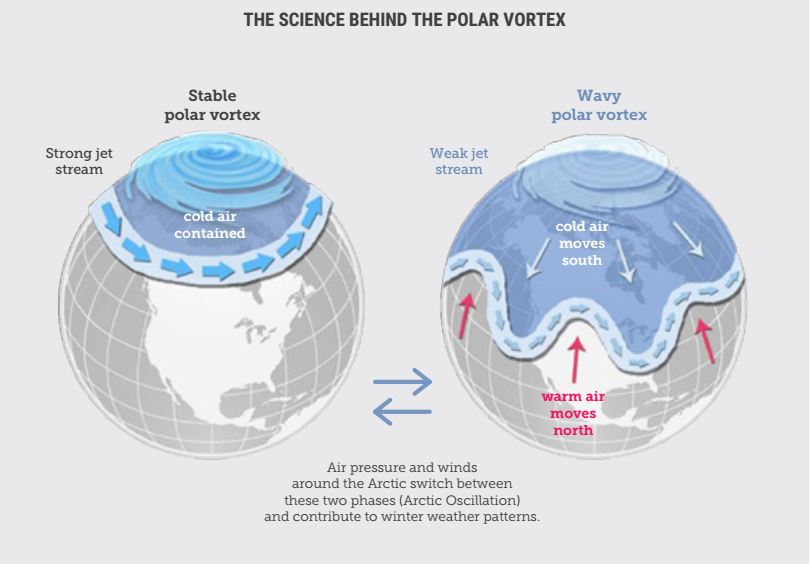
The intensity of the vortex is directly proportional to the temperature differential between Artic and the northern mid-latitudes. Due to climate change, Artic warms faster than the global average temperature. This lowers the temperature differential. This process, called Artic Amplification, occurs due to the shrinking sea ice in the region, which results in increased absorption of sunlight (ice reflects solar radiation while liquid water absorbs it). This process raises the temperature further – a feedback loop called Albedo effect. As of 2018, the sea ice is shrinking at the rate of 13.2% per decade.
Global warming and the resultant artic amplification is aggravated by GHG emissions. Although countries like Australia and China have aggressive renewable energy adoption on a large-scale, we still have not been able to decelerate this effect. Between 1979 and 2017, we have lost sea ice about the size of a third of the Australian continent. To conclude, it is safe to say that solar energy adoption at the grass-root levels – SMEs and households – can significantly help in complimenting the large-scale projects in slowing down climate change.
Source: Climate Council Australia

